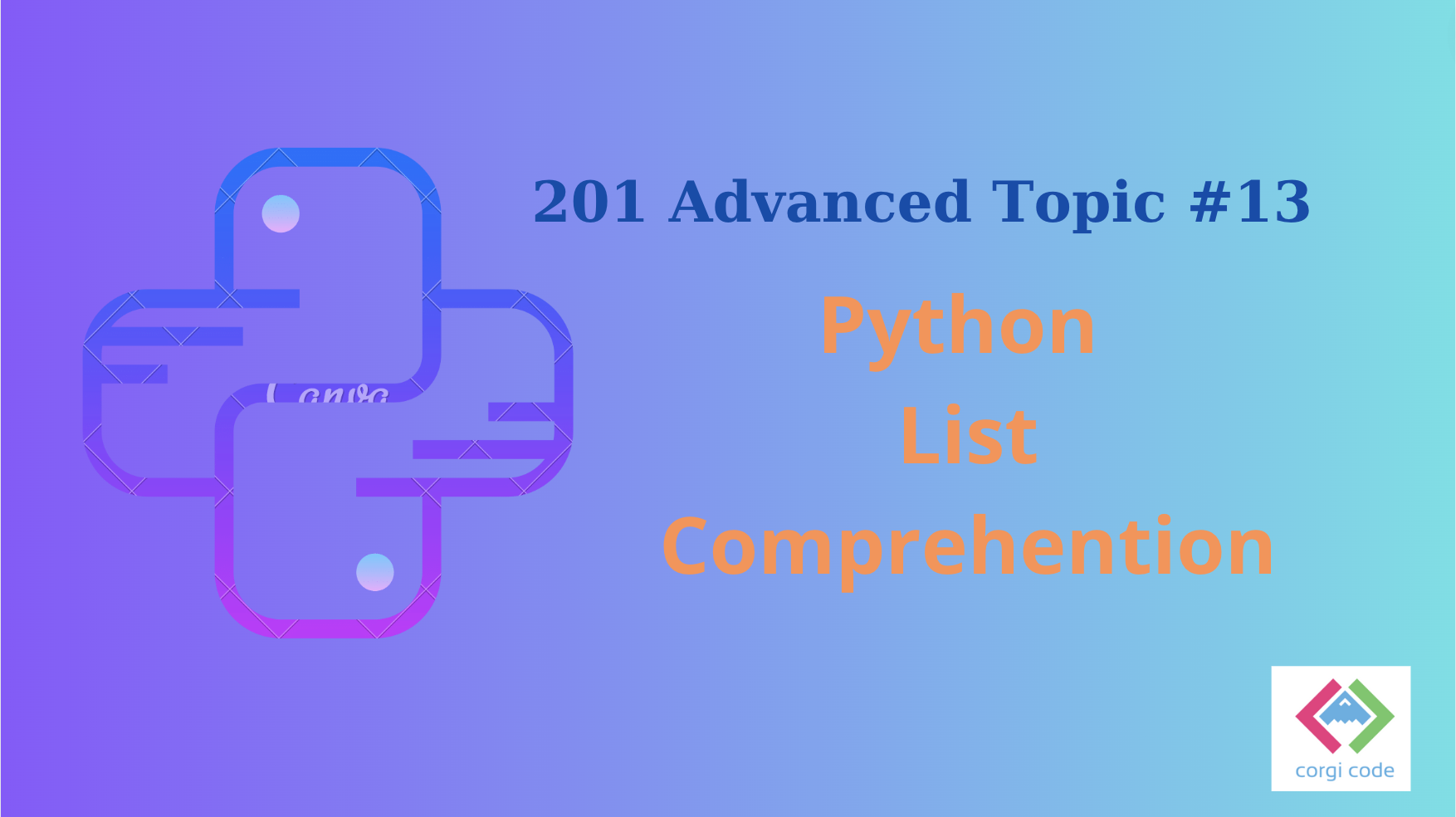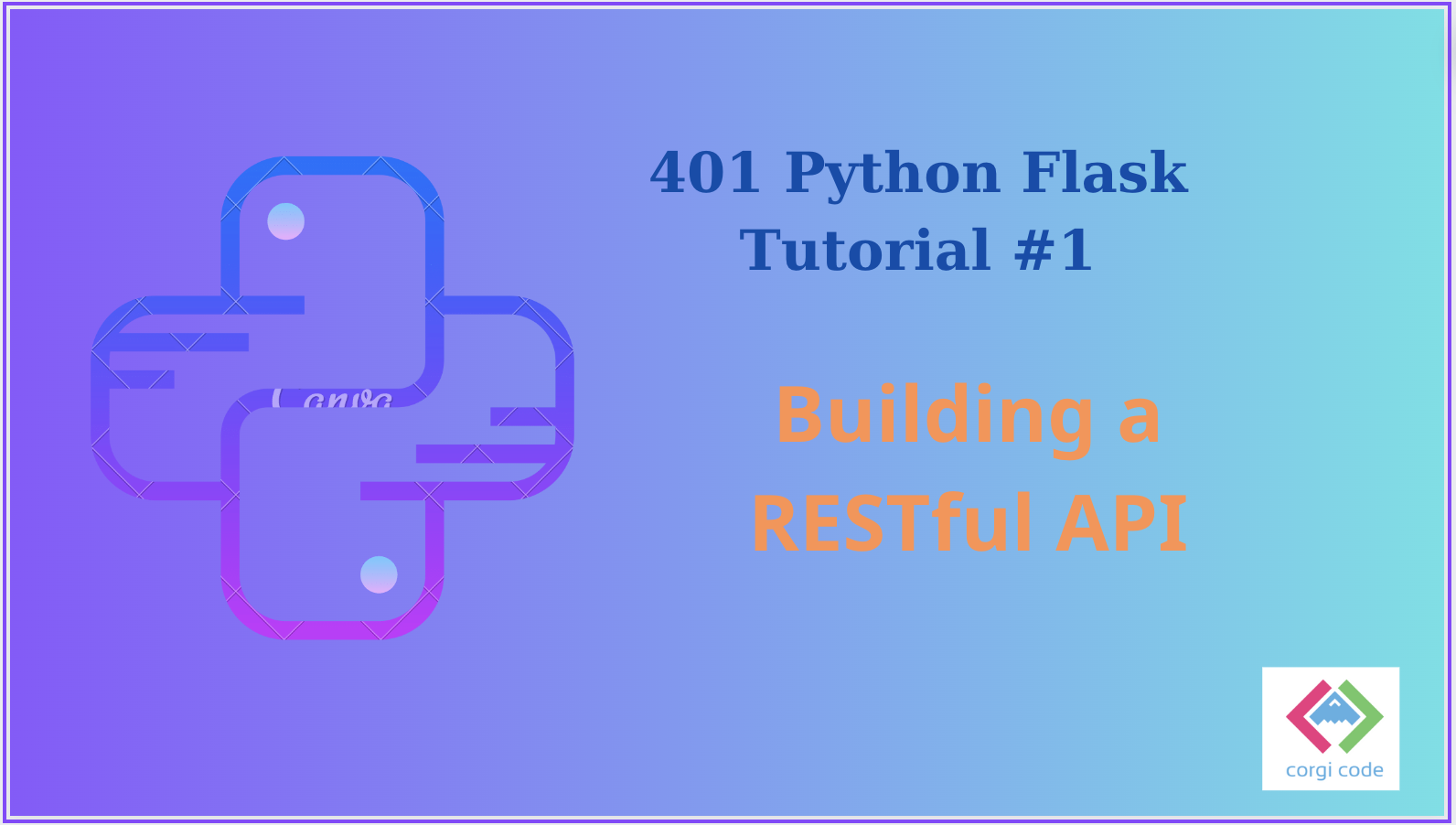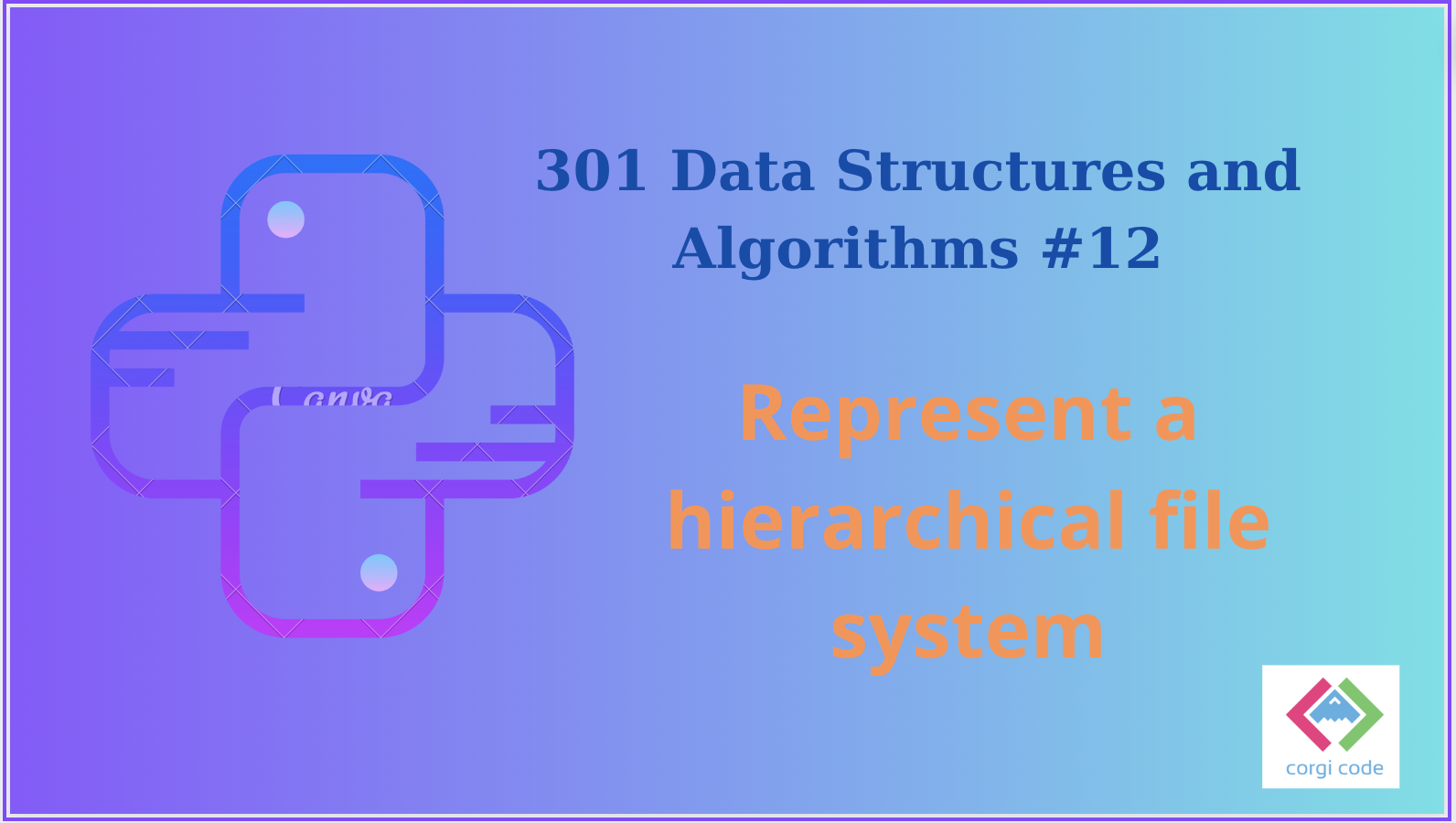Python list comprehensions are a way of creating new lists from existing iterables, such as lists, tuples, strings, etc. They are concise, expressive, and efficient. They allow you to apply a function or a condition to each element of the iterable and collect the results in a new list.
The syntax of a list comprehension is:
new_list = [expression for element in iterable if condition]where:
- new_list is the name of the new list that you want to create.
- expression is any valid Python expression that can use the element variable. It is the output of the list comprehension.
- element is a variable that takes each value from the iterable.
- iterable is any Python object that can be iterated over, such as a list, tuple, string, range, etc.
- condition is an optional filter that only includes the elements that satisfy it.
For example, suppose you have a list of numbers and you want to create a new list that contains their squares. You can use a list comprehension like this:
numbers = [1, 2, 3, 4, 5, 6, 7, 8]
squares = [x [** 2 for x in numbers]
print(squares)
# Output: [1, 4, 9, 16, 25, 36, 49, 64]In this example:
- squares is the name of the new list.
- x is the variable that takes each value from the numbers list.
- numbers is the iterable that provides the values for the list comprehension.
- There is no condition in this example, so all elements are included.
You can also use a condition to filter out some elements from the iterable. For example, suppose you want to create a new list that contains only the even numbers from the original list. You can use a condition like this:
numbers = [1, 2, 3, 4, 5, 6, 7, 8]
even = [x for x in numbers if x % 2 == 0]
print(even)
# Output: [2, 4, 6, 8]In this example:
- even is the name of the new list.
- x is the expression that returns the element as it is.
- x is also the variable that takes each value from the numbers list.
- numbers is the iterable that provides the values for the list comprehension.
- x % 2 == 0 is the condition that checks if the element is divisible by 2.
You can also use multiple iterables in a list comprehension by using nested for loops. For example, suppose you want to create a new list that contains all possible pairs of two lists. You can use nested for loops like this:
colors = ["red", "green", "blue"]
fruits = ["apple", "banana", "cherry"]
pairs = [(c, f) for c in colors for f in fruits]
print(pairs)
# Output: [('red', 'apple'), ('red', 'banana'), ('red', 'cherry'), ('green', 'apple'), ('green', 'banana'), ('green', 'cherry'), ('blue', 'apple'), ('blue', 'banana'), ('blue', 'cherry')]In this example:
- pairs is the name of the new list.
- (c, f) is the expression that creates a tuple of two elements.
- c and f are variables that take each value from the colors and fruits lists respectively.
- colors and fruits are iterables that provide the values for the nested for loops.
- There is no condition in this example, so all combinations are included.
You can also use uppercase the list items like this:
# Create a new list containing the uppercased versions of each string in my_list
uppercased_list = [x.upper() for x in my_list if isinstance(x, str)]
print(uppercased_list)
# ['APPLE', 'BANANA', 'ORANGE']Advantages of using list comprehensions
There are several advantages to using list comprehensions:
- They are concise and elegant. List comprehensions can often be written in a single line of code, which makes them more readable and maintainable.
- They are efficient. List comprehensions are implemented in a way that makes them very efficient. They can often outperform traditional loops for creating new lists.
- They are versatile. List comprehensions can be used to create new lists from existing lists in a variety of ways. They can be used to filter, transform, and sort lists.
When to use list comprehensions
List comprehensions should be used whenever you need to create a new list from an existing list in a concise and efficient way. They are especially useful for filtering, transforming, and sorting lists.
Here are some tips for using list comprehensions:
- Use list comprehensions when you need to create a new list from an existing list in a concise and efficient way.
- Use list comprehensions when you need to filter, transform, or sort lists.
- Use nested list comprehensions to create complex lists.
- Use the
ifandelseclauses to filter the elements in the list comprehension. - Use the
forclause to iterate over multiple lists in the list comprehension.
List comprehensions are useful for creating new lists from existing data in a concise and readable way. They can also improve the performance of your code by avoiding unnecessary loops and function calls.





